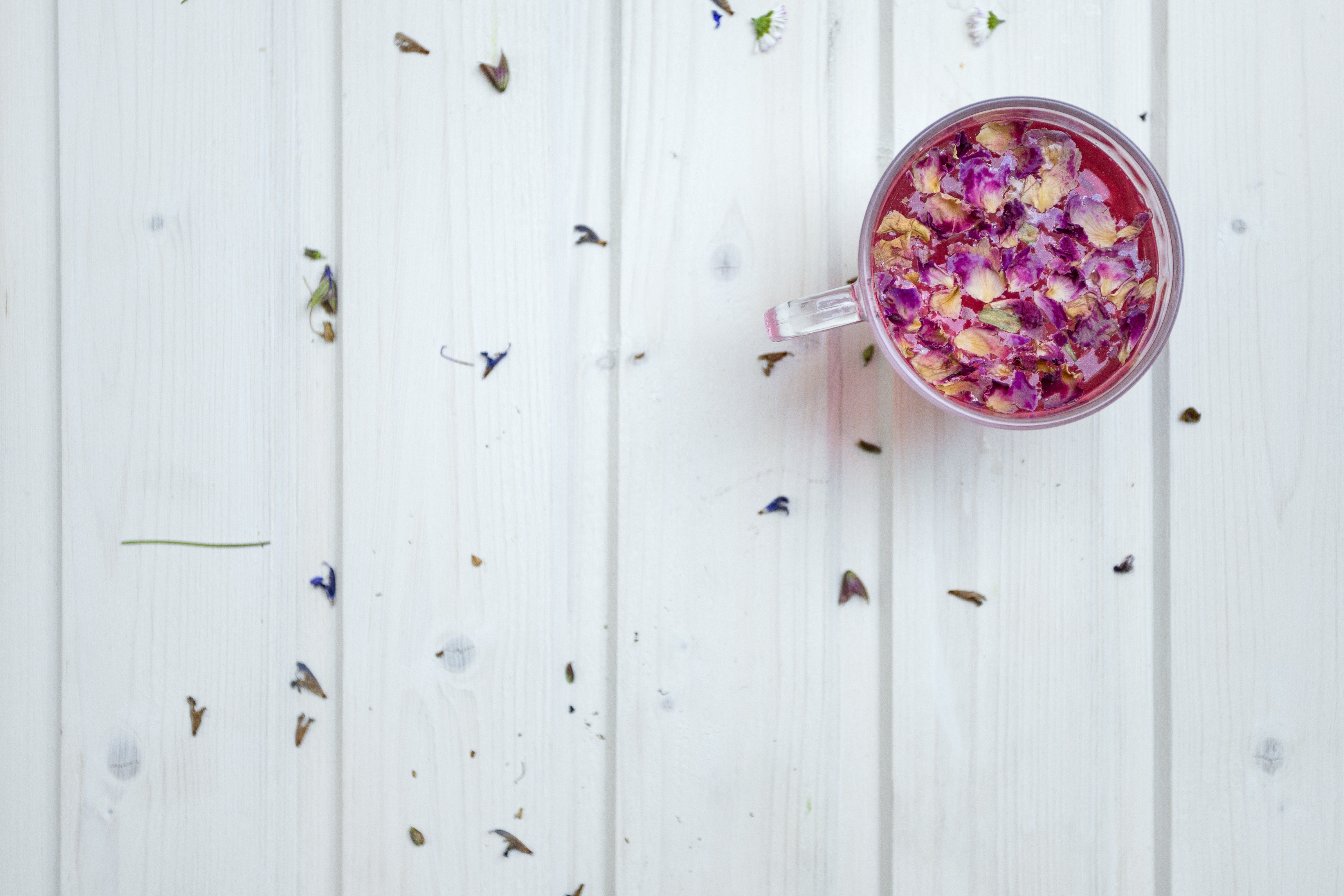My long journey to cure my red face is not unusual or uncommon among rosacea sufferers. I have spent many years trying every method under the sun to make my face look and feel normal. I wanted to compile all of the information bouncing around in my brain so that it might help others who also have rosacea or something like it.
Rosacea: what is it?
This series of articles is directed at people who have already been diagnosed or self-diagnosed with rosacea and have at least a general idea of how rosacea is defined. But for those of you who have stumbled on here and are still curious, here is a brief definition of the disease.
Most people rosacea manifest with a red, flushed face with the possible addition of acne-like lesions. Technically speaking, rosacea has four subtypes and with it four different symptoms. It is entirely possible for one person to have multiple subtypes; in particular, Subtype 1 and Subtype 2 occur together frequently.
Subtype 1: Facial Redness (Erythematotelangiectatic Rosacea)
Episodes of facial flushing as well as baseline skin redness are the hallmarks of this subtype. Visible and broken capillaries are commonly reported, as are burning sensations and skin peeling.
Subtype 2: Bumps (Papulopustular Rosacea)
Sufferers report papules (cystic-like bumps) and pustules (pimple-like bumps). Red patches of skin called plaques can also occur.
Subtype 3: Enlarged Nose (Phytamous Rosacea)
Excess tissue forms and thickens on the nose which creates a bulbous nose shape.
Subtype 4: Irritated Eyes (Ocular Rosacea)
Stinging sensations in the eyes as well as swollen eyelids and bloodshot eyes are symptoms of this subtype.



